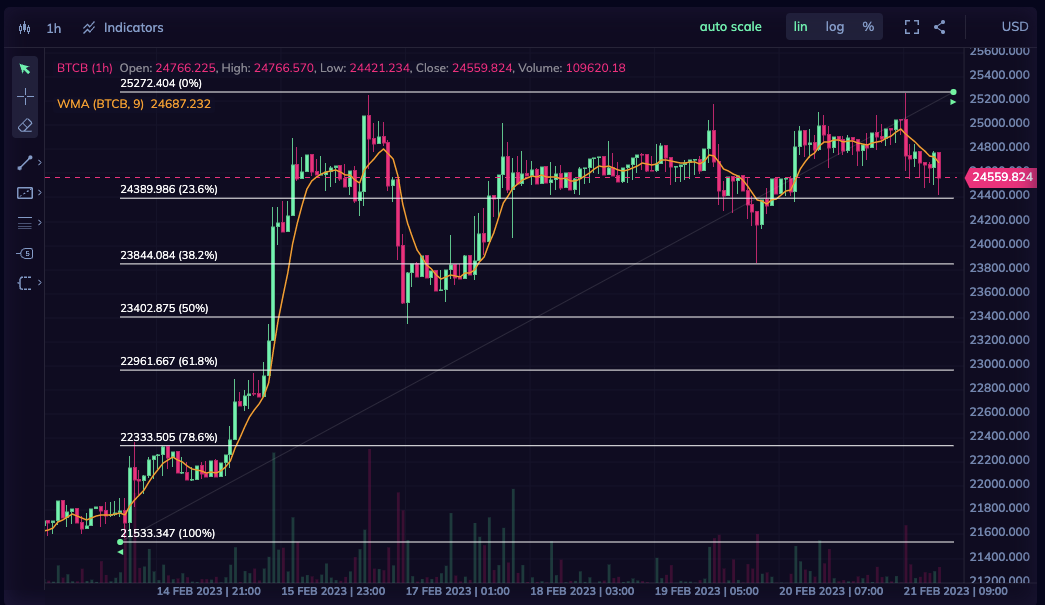What does the term “gas” and “gas fee” mean?
The terms "gas" and "gas fees" are commonly used to describe the cost associated with processing transactions on a blockchain network. These terms are an essential part of the crypto ecosystem, as they play a crucial role in ensuring the security and efficiency of blockchain transactions.

In the world of cryptocurrency, the terms "gas" and "gas fees" are commonly used to describe the cost associated with processing transactions on a blockchain network. These terms are an essential part of the crypto ecosystem, as they play a crucial role in ensuring the security and efficiency of blockchain transactions. In this article, we'll take a closer look at what gas and gas fees mean on the crypto, their history, examples, and how they work.
What is Gas in Crypto?
In the context of cryptocurrency, "gas" refers to the computational power required to process transactions on a blockchain network. Every transaction on a blockchain network requires a certain amount of computational resources to be executed, and the amount of gas required for a transaction is determined by its complexity and the current network congestion.
Gas is typically measured in units of a cryptocurrency's smallest denomination, such as wei for Ethereum. The amount of gas required for a particular transaction is determined by the network itself, and users can set a gas limit for their transactions, which defines the maximum amount of gas that can be consumed.
What are Gas Fees?
Gas fees, on the other hand, refer to the cost associated with processing transactions on a blockchain network. In order for a transaction to be processed, users must pay a fee in the form of the cryptocurrency being used on the network, such as Ethereum or Bitcoin. Gas fees are typically paid in the form of the cryptocurrency being used on the network.
The amount of gas fees required for a particular transaction is determined by the current network congestion and the gas limit set by the user. When the network is congested, gas fees tend to be higher, as users compete for limited computational resources to have their transactions processed. Conversely, when the network is less congested, gas fees tend to be lower, as there is less competition for computational resources.
History of Gas Fees in Crypto
Gas fees were first introduced in the Ethereum blockchain network in 2015, as a way to prevent spam attacks and ensure that transactions were processed efficiently. Since then, gas fees have become an integral part of many other blockchain networks, including Bitcoin and Binance Smart Chain.
Examples of Gas Fees in Crypto
Gas fees are an essential component of most cryptocurrency transactions, and they can vary widely depending on the network and the current network congestion. For example, the gas fees required for a transaction on the Ethereum network can range from a few cents to hundreds of dollars, depending on the complexity of the transaction and the current network congestion.
How Gas Fees Work
When a user submits a transaction on a blockchain network, they specify the amount of gas they are willing to pay for that transaction. This gas fee is typically paid in the form of the cryptocurrency being used on the network, such as Ethereum or Bitcoin.
When a transaction is submitted to the network, it is broadcast to all nodes on the network. Miners on the network then compete to validate the transaction by including it in the next block on the blockchain. The miners who include the transaction in the next block are rewarded with the gas fees paid by the user.
In order to ensure that transactions are processed efficiently, the network adjusts the gas fees required for transactions based on the current network congestion. When the network is congested, gas fees tend to be higher, as users compete for limited computational resources to have their transactions processed. Conversely, when the network is less congested, gas fees tend to be lower, as there is less competition for computational resources.
In conclusion, gas and gas fees are important concepts in the world of cryptocurrency, as they play a crucial role in ensuring the security and efficiency of blockchain transactions. Gas refers to the computational power required to process transactions on a blockchain network, while gas fees refer to the cost associated with processing transactions. Users can set a gas limit for their transactions




